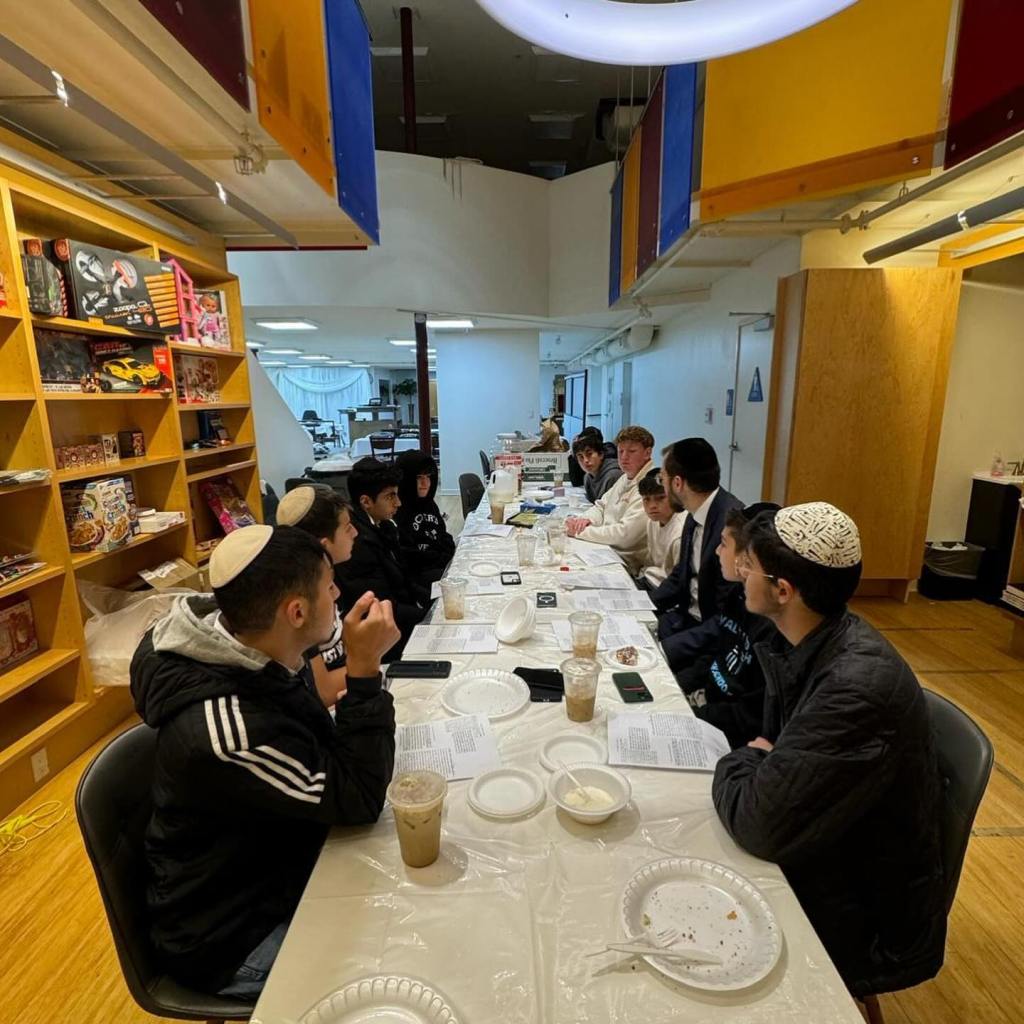In this week’s Parsha, when Hashem speaks to Mosheh, He uses four phrases of “redemption”: Vehotzaiti, Vehitzalti, Vega’alti, and Velakachti. The Netivot Shalom explains that these phrases represent the four different redemptions that took place. Hashem first “took us out” of the corruption and immorality of Egyptian culture, which they had been bombarded with for hundreds of years (the first redemption). The second stage was to “save them”, each person from his individual Yetzer Hara (the second redemption). Only then could the Bnei Yisrael be “redeemed” from their slavery and leave Egypt (the third redemption). Then, after their trials in the desert, Hashem would “take them” as his own nation (the fourth redemption).
We see from here that the purpose of redemption was not only a physical one but also a spiritual one. When looking at the vehicles of this redemption, the ten plagues, the Ibn Ezra notes that the plagues progressed “upwards” in a way. The first two plagues, blood and frogs, were both brought by the Nile River, representing water, which constantly flows to the lowest places possible. The next two, lice and wild animals, were both conducted on land, which usually rises higher than sea level. The next two, pestilence and boils, both spread through the air, above land. The hail rained from the clouds and the locusts formed swarms in the sky, both representing a step higher than the last two. The ninth plague, the darkness blocked out the sun itself, above our atmosphere. The final plague, the death of the firstborn, was not conducted by any other but Hashem, above all physical existence.
This progression of the plagues paralleled the Bnei Yisrael’s journey to rise above their Egyptian counterparts and move past the culture surrounding them. This is shown especially in the final two, which truly separated them both. During the plague of darkness, while most of the Bnei Yisrael were unharmed, the wicked ones who had assimilated into Egyptian culture died. In the final plague, the Bnei Yisrael put blood on their doorposts to clearly mark that they were Jewish, not Egyptian, to mark which firstborns would die and which ones would live.
This emphasis on separating from what surrounds us has been a constant struggle throughout Jewish existence. We see that it is through this separation that our forefathers were redeemed from Egypt. We should continually strive to preserve our own identity, separate from our neighbors, for it is through our own separation that we will ultimately be redeemed in the future, b’ezrat Hashem.





Leave a comment